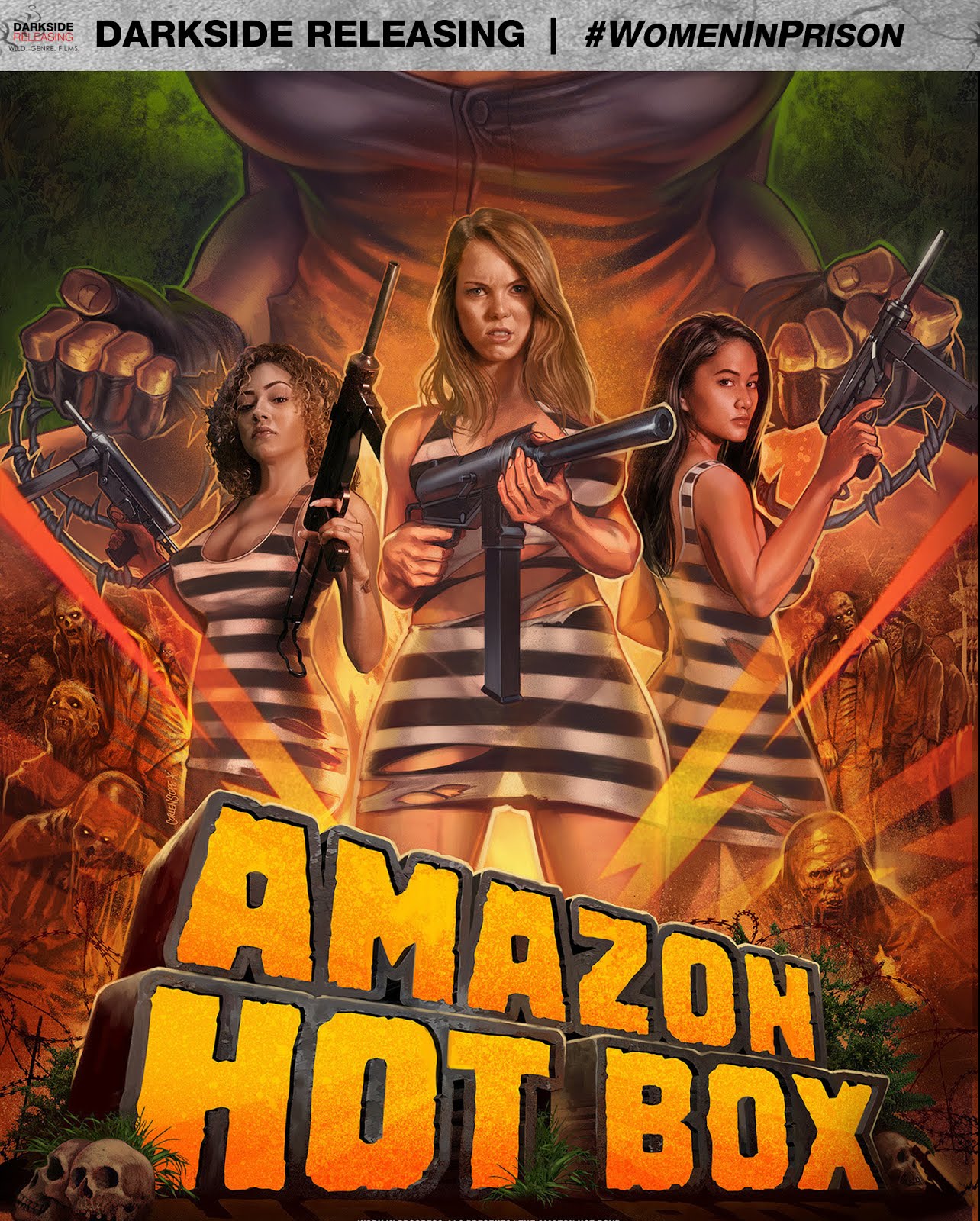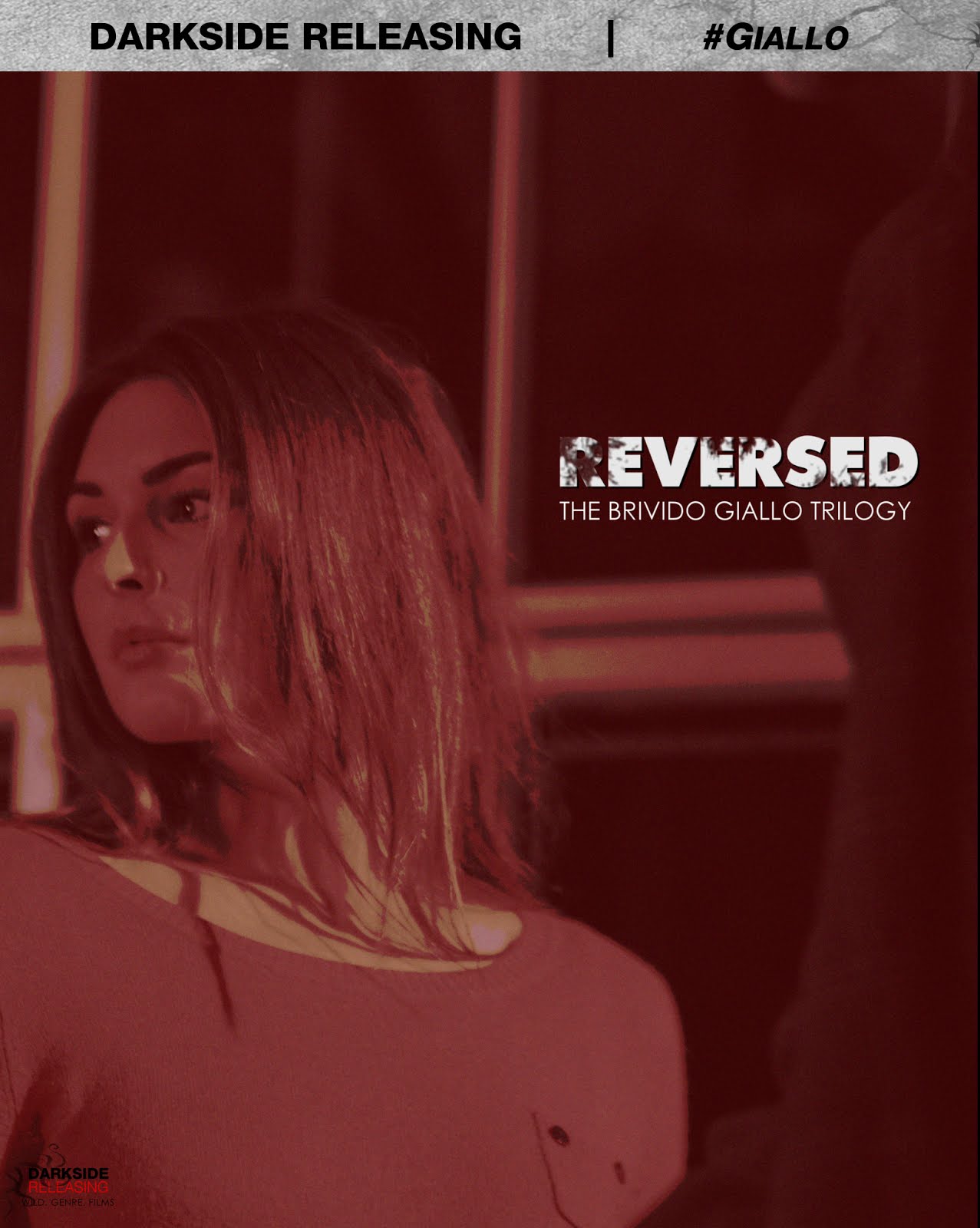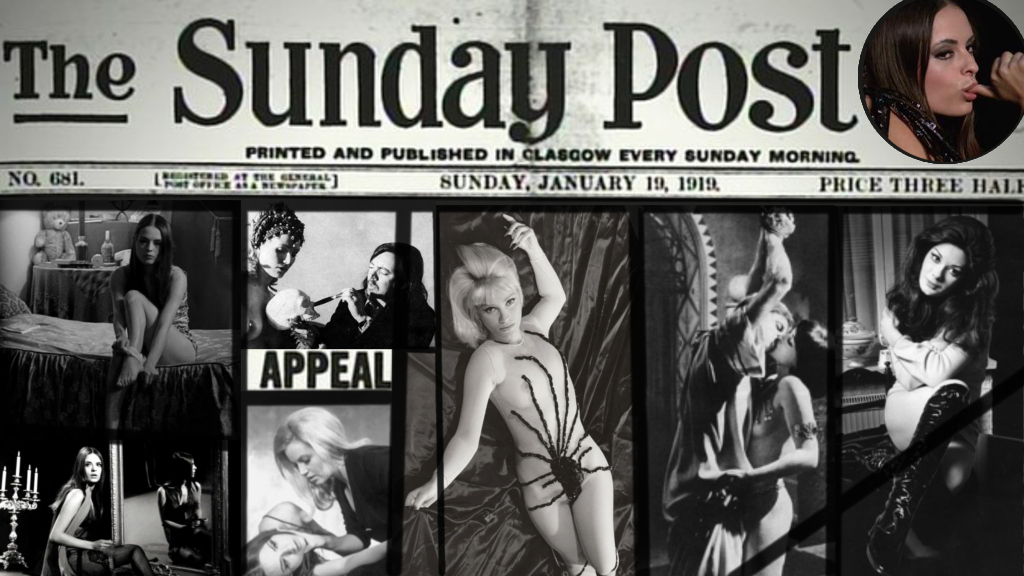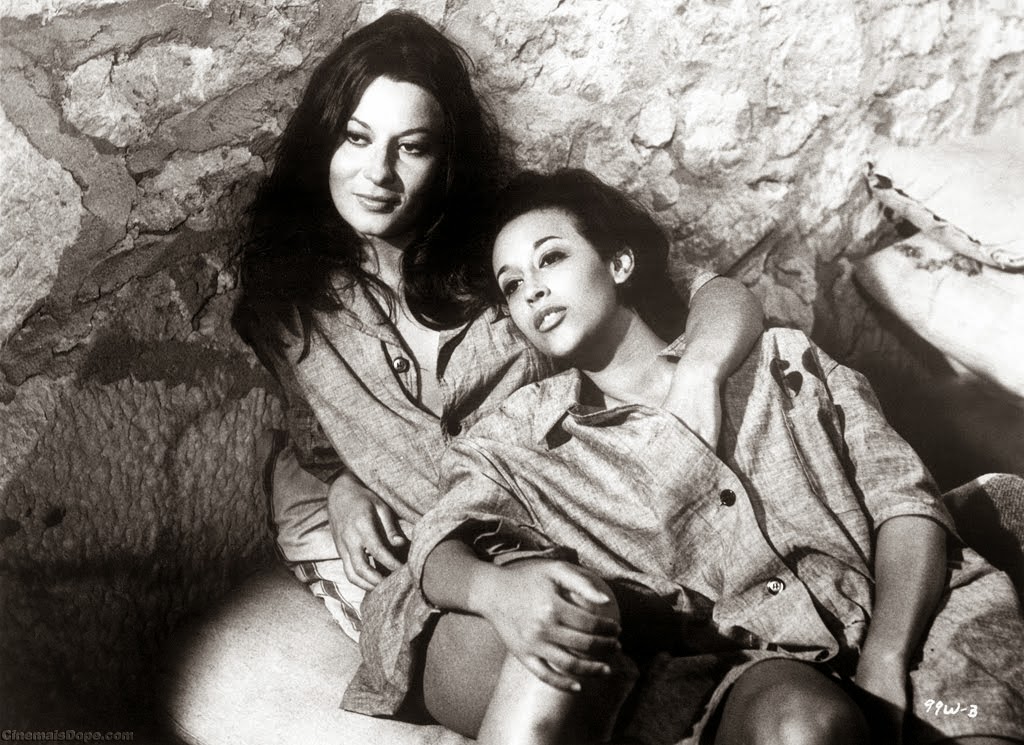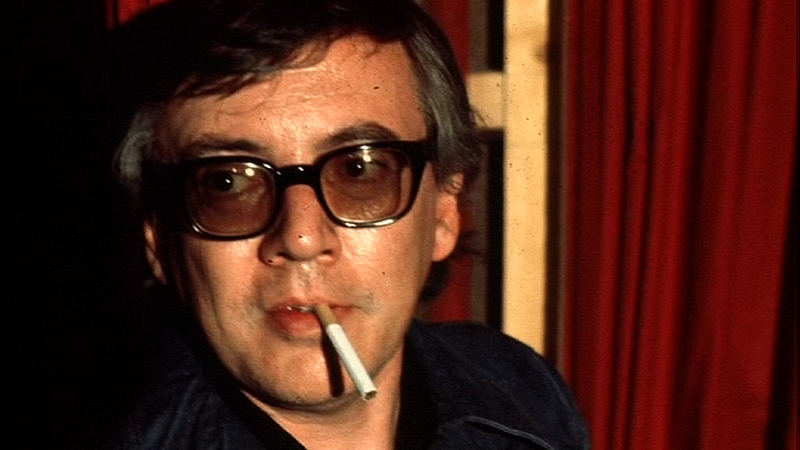“Shit
from the Thrift Store” is a blog series on thrift-store-bought
DVDs that came to me in the shower one morning, about a week after
having exhaustively written and scheduled 17 articles for the
Delirious Cinema blog and 1 horror article for the next Absolute
Underground – apparently my sleep-deprived brain felt it needed
even more to tackle, so it went on making more things up to do
without so much as a consultation. But I thought this might actually
be a fun sideline for film-writing, as I had been sidestepping into
the Thrift Store on my way downtown sporadically (when I've been able
to waste a few minutes without completely missing the seabus from
North Vancouver to downtown) – and in a self-conceived notion of
competition, I've used said time to feed the friendly competition
that probably exists only in my own mind between myself, finding the
best,out-of-print DVD and forgotten cinema gems, and my
friend-slash-imaginary-competition who runs an online webstore for
sought-after DVDs and VHS tapes. Said friend seems to have more luck
than I do acquiring the really cool stuff from the same couple of
thrift stores the exist around the Lower Lonsdale area (or LoLo, as
the local businesses call it), but I'm not just in it for the
competition – no, I'm in it to find those forgotten-about nuggets
of something special from the Hollywood and Canadian Tax Credit films
of yesteryear. And indeed, I always keep the corner of my eye
sharpened for those little slices of culture and film that I may have
missed the first time around – you know, things like Staying
Alive and Flashdance.
Although
never having seen either of these films, I retain a childhood memory
(which admittedly may have gotten warped, somewhat, over time) of
both of these films, plus John Landis' Trading Places,
having been fake-reviewed in a
Mad Magazine spoof of Siskel & Ebert's movie review show which
was on the air in 1983, “At the Movies”. Two things always struck
me about Staying Alive, other
than the fact it is a direct and official sequel to the
late-seventies hit that made John Travolta a Hollywood superstar –
Saturday Night Fever – and
that is 1.) it was directed by Sylvester Stallone, and 2.) is appears
to thoroughly and unapologetically exploit John Travolta, as he
appears in all of the film's promotional stills mostly naked, mostly
sweaty, quite oiled-up, and pretty damned ripped. (When did he do
Blow Out again?
Before? After? Anyway, he was pretty popular around this time. Which
reminds me, I still need to see Perfect, which
also starred Travolta alongside Jamie Lee Curtis, which is probably
another entertaining take Hollywood take on how narcissism will get
you everything). Where was I? Whatever, I can move onto Entertaining
and Narcissistic.
In
fact, Stayin' Alive is
sort of an exercise in Hollywood meta-narcissism – as it's a
bizarrely narcissistic story about a narcissistic character told by
Sylvester Stallone himself, who somehow manages to ooze his very own
style of narcissism, which used to be somewhat attractive in the
1980s. In Stayin' Alive, Travolta's
Saturday-Night-Fever character flip-flops between two intimate
relationships between two women, neither of whom seem to mind his
promiscuous wishy-washiness in regards to either relationship, while
he unscrupulous climbs over his professional peers to gain a top spot
in a high-profile Broadway dance-musical – and we're meant to be on
his side through his unprincipled “dilemmas” as the movie asks
(expects) us to see this all as some sort of existential crisis that
he's going through (and we are on his side, because aren't we all
just a tiny bit narcissistic ourselves? Well, it is the 1980s, and
Travolta is a little bit irresistible, even if he spends half the
film in his tighty-whities).
So
what of Flashdance?
Surely the alluring girl form the wrong side of the tracks with the
heart of gold who only wants to dance her way to success isn't a
Regan-era narcissist, is she? Well, I'm still mulling over an inner
debate about that one, but it seems to me that the movie was telling
me that if you are this type of girl, then you'd better find an older
and slightly more experienced white male to fall in love with you so
that he can help you out by pulling some strings on your behalf in
that prestigious dance academy to get you that major audition that
will launch your professional career, or else don't bother, because
you'll probably just become a stripper like your old friend Jeanie.
The
really amazing thing here is that both Staying Alive and
Flashdance are
actually two wildly entertaining films – because Hollywood in the
1980s knew damn well how to pull our strings – with flashy movies
filled with electrifying choreography, dazzling set-pieces, ups and
downs in just the right places, attractive leads and supporting cast
members, and a constant barrage of upbeat music tracks. Not like the
Hollywood movies of today, where far more sophisticated means of
storytelling and a focus to modern audiences are...
Ah, hell, I'm going back to the thrift store.
~V.































